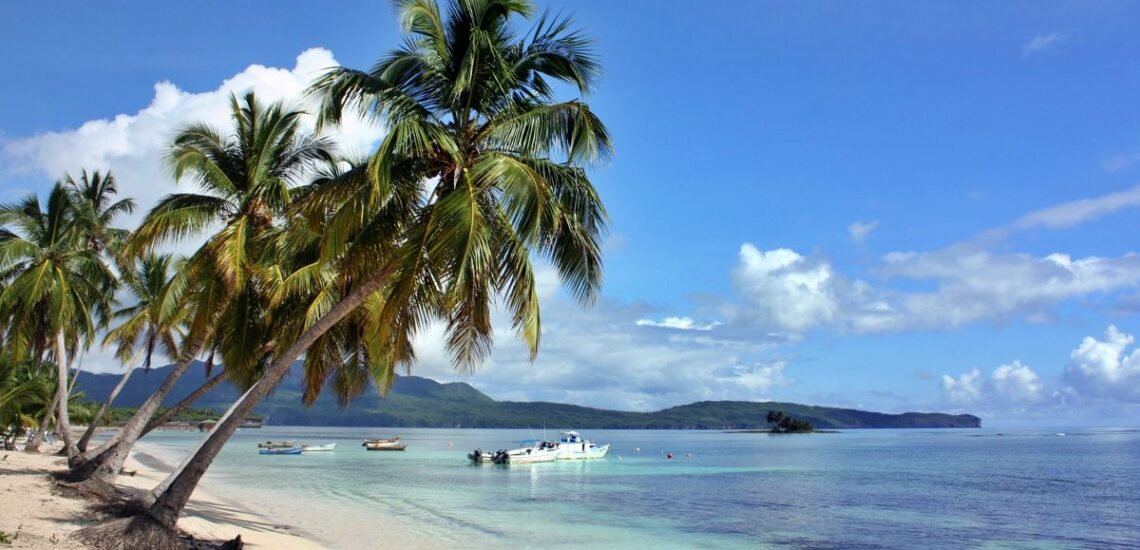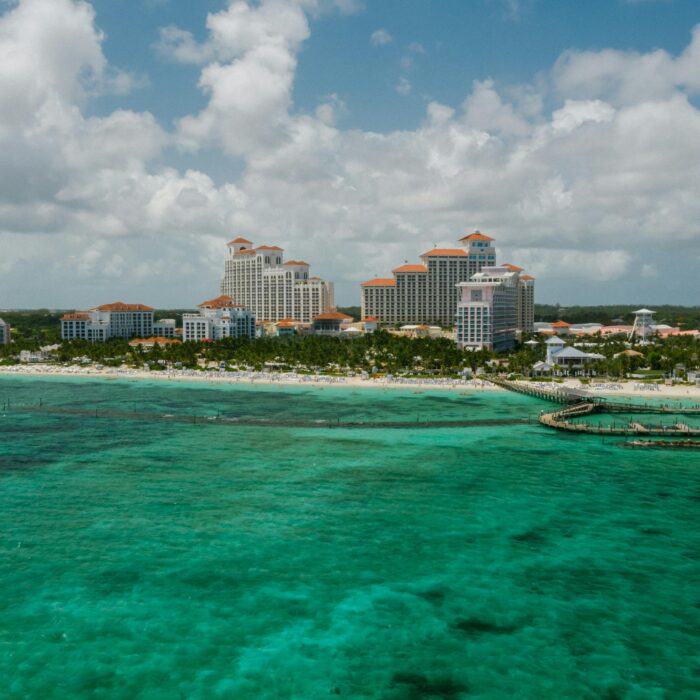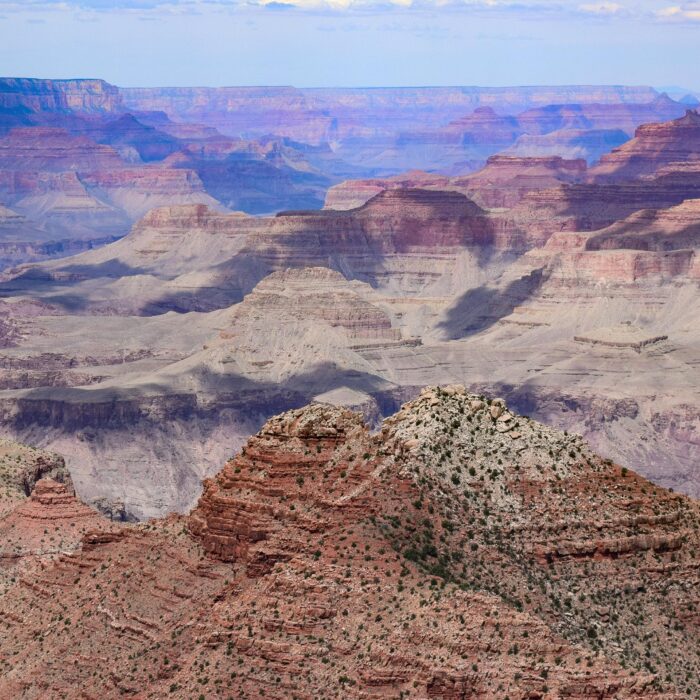Quick facts about the Dominican Republic:
- Population: Approximately 11.2 million people.
- Capital: Santo Domingo.
- Official Language: Spanish.
- Currency: Dominican peso (DOP).
- Government: Unitary presidential republic.
- Major Religion: Christianity.
- Geography: The Dominican Republic occupies the eastern two-thirds of the island of Hispaniola in the Caribbean. It is known for its diverse geography, including mountain ranges, rainforests, and beaches.
Fact 1: Santo Domingo is the oldest European-founded capital city in the Americas
Santo Domingo was founded in 1496 by Bartholomew Columbus, the brother of Christopher Columbus, making it the oldest European settlement in the Americas. The city served as the capital of the Spanish colony of Hispaniola and later became the seat of the first Spanish colonial government in the New World.
In addition to its historical significance as the oldest European-founded capital in the Americas, Santo Domingo is home to the Universidad Autónoma de Santo Domingo (UASD), which is the oldest university in the Americas. The UASD was founded in 1538 by royal decree of King Charles I of Spain, making it the first university established in the New World.
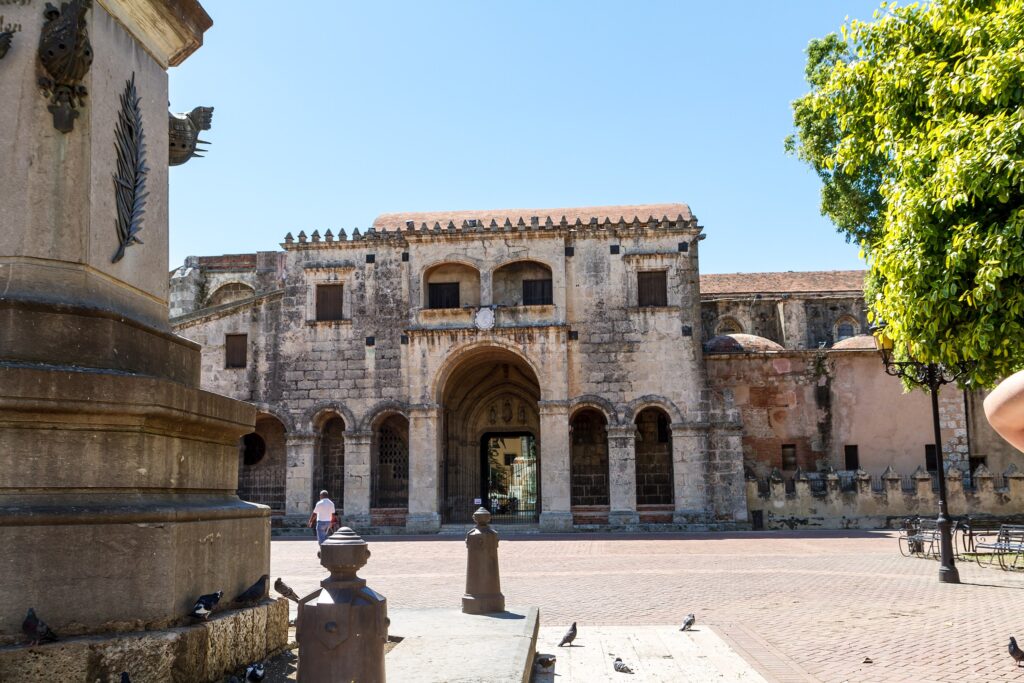
Fact 2: The semi-precious Larimar stone is only mined here
Larimar, also known as “Stefilia’s Stone,” was discovered in the province of Barahona in the Dominican Republic in 1974 by a local artisan named Miguel Méndez. The stone’s striking blue hues, ranging from light blue to turquoise and greenish-blue, make it highly sought after for use in jewelry and decorative items.
Larimar is a rare form of pectolite, a mineral that is typically white or gray in color. The blue coloration of Larimar is caused by the presence of copper within the stone. The gemstone is primarily found in the volcanic rock of the Barahona region, where it formed through a combination of volcanic activity and hydrothermal processes.
Due to its limited geographic occurrence, Larimar is considered one of the most exclusive gemstones in the world. Its rarity, coupled with its vibrant colors and unique patterns, has made it a prized collector’s item and a popular choice for jewelry designers worldwide.
Fact 3: Highest point in the Caribbean region is located in the Dominican Republic
Pico Duarte is the highest peak in the Caribbean, with an elevation of 3,087 meters (10,128 feet) above sea level. It is part of the Cordillera Central mountain range, which runs through the center of the Dominican Republic.
Pico Duarte offers stunning panoramic views of the surrounding landscape, including lush forests, deep valleys, and other peaks of the Caribbean mountains. The summit is a popular destination for hikers and outdoor enthusiasts, who can embark on multi-day trekking adventures to reach the peak.
Hiking to the summit of Pico Duarte is a challenging but rewarding experience, allowing visitors to immerse themselves in the natural beauty and biodiversity of the Dominican Republic’s highlands. The mountain is also home to unique flora and fauna, including endemic species that are found nowhere else in the world.
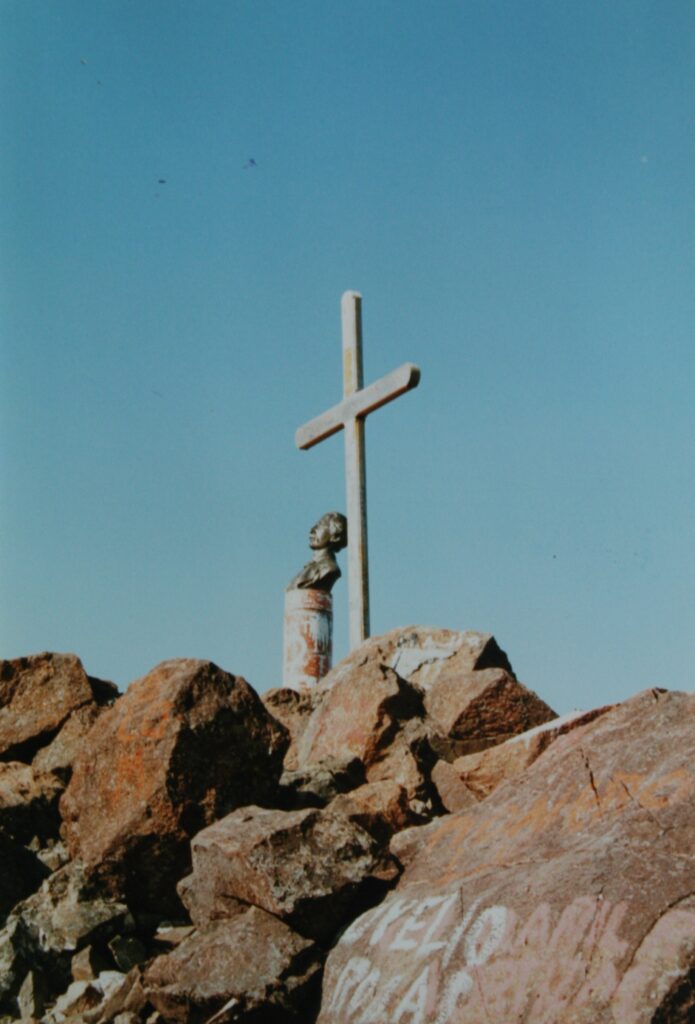
Fact 4: There are animals endemic to the Dominican Republic
The Dominican Republic boasts a diverse range of habitats, including tropical rainforests, dry forests, mountains, and coastal areas, which support a rich array of wildlife. Among the endemic animal species found in the Dominican Republic are the Hispaniolan solenodon (Solenodon paradoxus), a primitive mammal with a venomous bite, and the Hispaniolan hutia (Plagiodontia aedium), a rodent species.
Additionally, the island is home to numerous endemic bird species, including the Hispaniolan amazon (Amazona ventralis), the Hispaniolan trogon (Priotelus roseigaster), and the Hispaniolan palm crow (Corvus palmarum), among others. There are also endemic reptiles, amphibians, insects, and freshwater fish found throughout the island.
Fact 5: Here are the most quality beaches in the Caribbean Sea
The Dominican Republic has many blue flag beaches and the temperature is comfortable all year round. The Dominican Republic does have a diverse range of beaches along its coastline, including those with soft white sands, clear turquoise waters, and lush tropical surroundings. Some of the most popular beaches in the Dominican Republic include Punta Cana, Bavaro Beach, Playa Rincon, Playa Juanillo, and Playa Grande.
Each Caribbean destination has its own charm and allure, and exploring different beaches allows travelers to discover their personal favorites.
Note: When planning your trip, check here if you need an International Driver’s License in the Dominican Republic to drive.
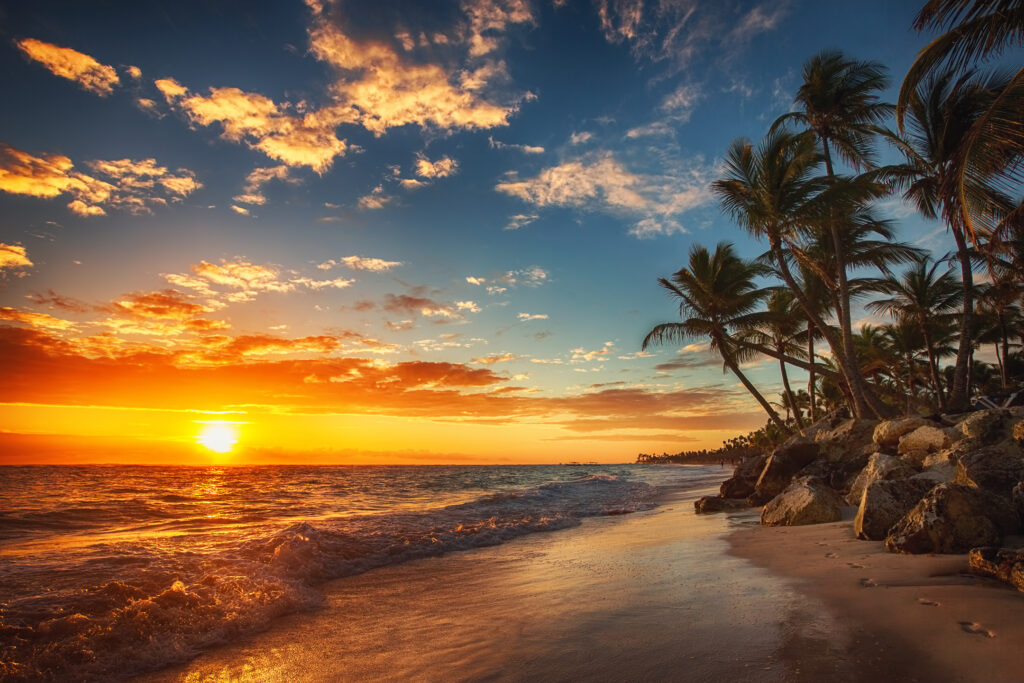
Fact 6: The flag of the Dominican Republic does have religious symbolism
The religious symbolism on the flag of the Dominican Republic reflects the country’s predominantly Catholic heritage and the influence of Christianity on its culture and identity. The white cross in the center of the flag represents the Christian faith and serves as a symbol of peace, sacrifice, and unity. In the center of the cross is the coat of arms, showing a shield, six spears, a laurel branch, and a palm branch. Additionally, the colors of the flag—blue, representing liberty, and red, symbolizing the blood shed for independence—further highlight the nation’s history and values.
Fact 7: Protected areas in the Dominican Republic occupy about 25% of its territory
The Dominican Republic has made significant efforts to conserve its natural heritage through the establishment of protected areas, including national parks, nature reserves, marine parks, and other types of protected landscapes. These areas are designated to safeguard biodiversity, preserve natural resources, and promote sustainable development.
Protected areas in the Dominican Republic include diverse ecosystems such as tropical rainforests, cloud forests, mangrove swamps, coral reefs, and highland ecosystems. They provide habitat for numerous plant and animal species, including many that are endemic or endangered.
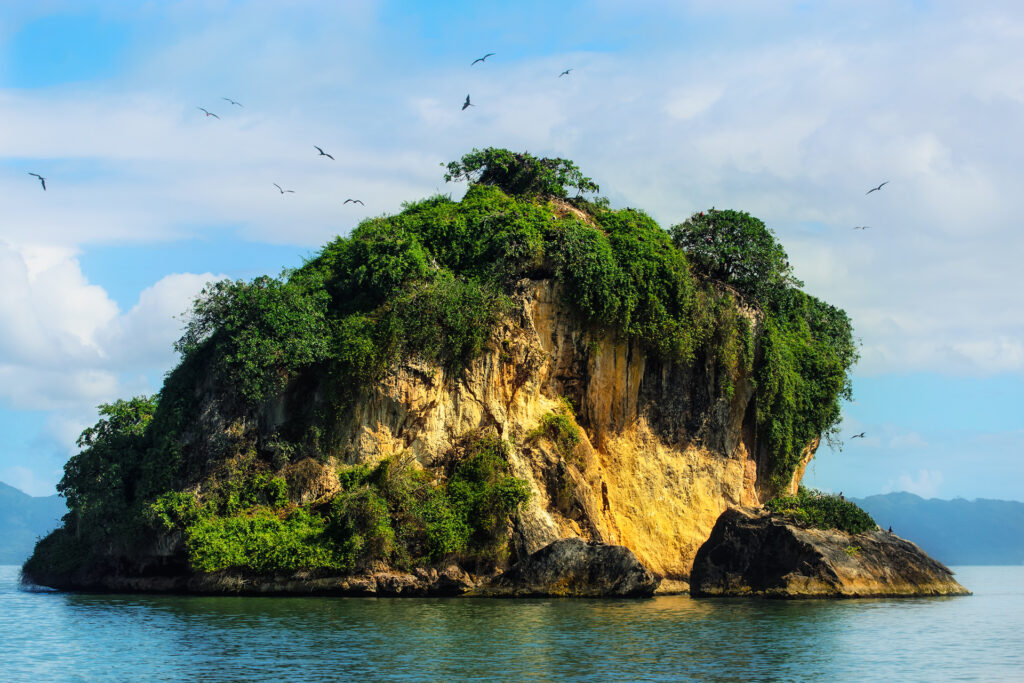
Fact 8: Agriculture in the Dominican Republic is well developed for its needs
Agriculture is an important sector in the Dominican Republic, employing a significant portion of the population and playing a crucial role in the country’s economy. The Dominican Republic produces a variety of agricultural products, including tropical fruits, vegetables, grains, coffee, cacao, sugarcane, and livestock.
In the past, sugar cane was a major agricultural crop in the Dominican Republic, and the sugar industry played a central role in the country’s economy. Large-scale sugar plantations were established during the colonial period, and sugar production became a key driver of economic growth and development. However, over the years, the Dominican Republic’s economy has diversified, and new industries have emerged, reducing the relative importance of sugar cane production. Today, the Dominican Republic’s economy is more diversified, with key sectors including tourism, manufacturing, agriculture (beyond sugar cane), services, and remittances from Dominicans living abroad.
Fact 9: Thousands of humpback whales migrate to the waters of the Dominican Republic each year
The waters surrounding the Dominican Republic, particularly the Silver Bank, Samaná Bay, and the waters off the Peninsula de Samaná, are important breeding and calving grounds for humpback whales. These majestic marine mammals migrate to the region annually from the North Atlantic between December and March to mate, give birth, and nurse their young in the warm Caribbean waters.
During the peak of the humpback whale season, visitors to the Dominican Republic have the opportunity to witness the impressive displays of these magnificent creatures, including breaching, tail slapping, and singing. Whale watching excursions are offered by licensed tour operators, providing visitors with the chance to observe humpback whales up close while adhering to responsible wildlife viewing guidelines to minimize disturbance to the animals.
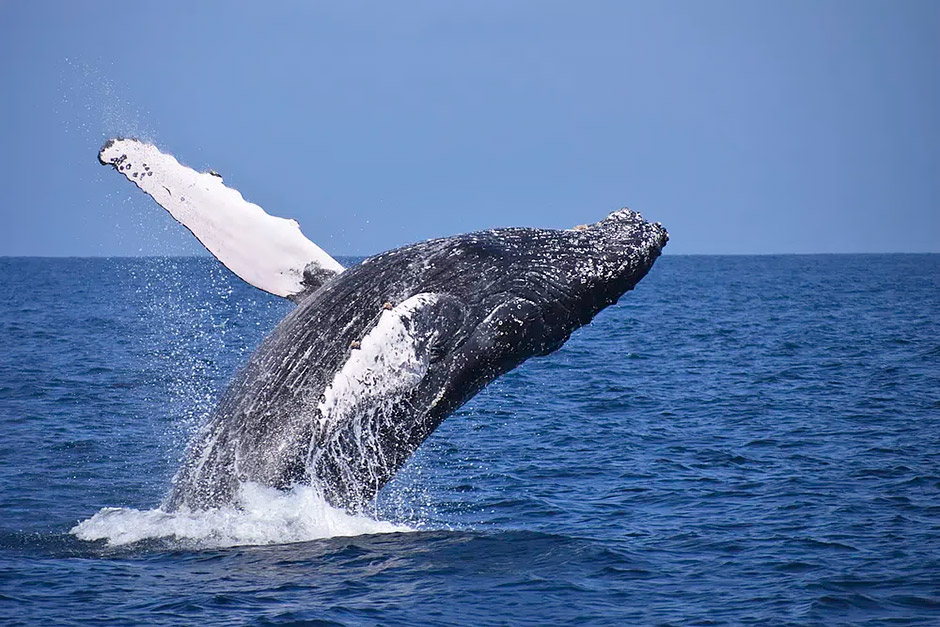
Fact 10: There are several amber deposits in the Dominican Republic
Amber is fossilized tree resin that often contains preserved plant material, insects, and other organisms. The Dominican Republic’s amber deposits, particularly those found in the northern region of the country, are famous for their exceptional quality and the diversity of fossils they contain.
The most famous Dominican amber deposits are located in the Cordillera Septentrional mountain range, particularly in the area around the town of Santiago and the coastal town of Puerto Plata. These deposits date back to the Miocene and Oligocene epochs, making them millions of years old.
Dominican amber is prized by scientists, collectors, and jewelry makers alike for its clarity, color, and the remarkable specimens it preserves. Fossils found in Dominican amber include ancient insects, spiders, plants, and even small vertebrates, providing valuable insights into prehistoric ecosystems and biodiversity.

Published April 14, 2024 • 7m to read

